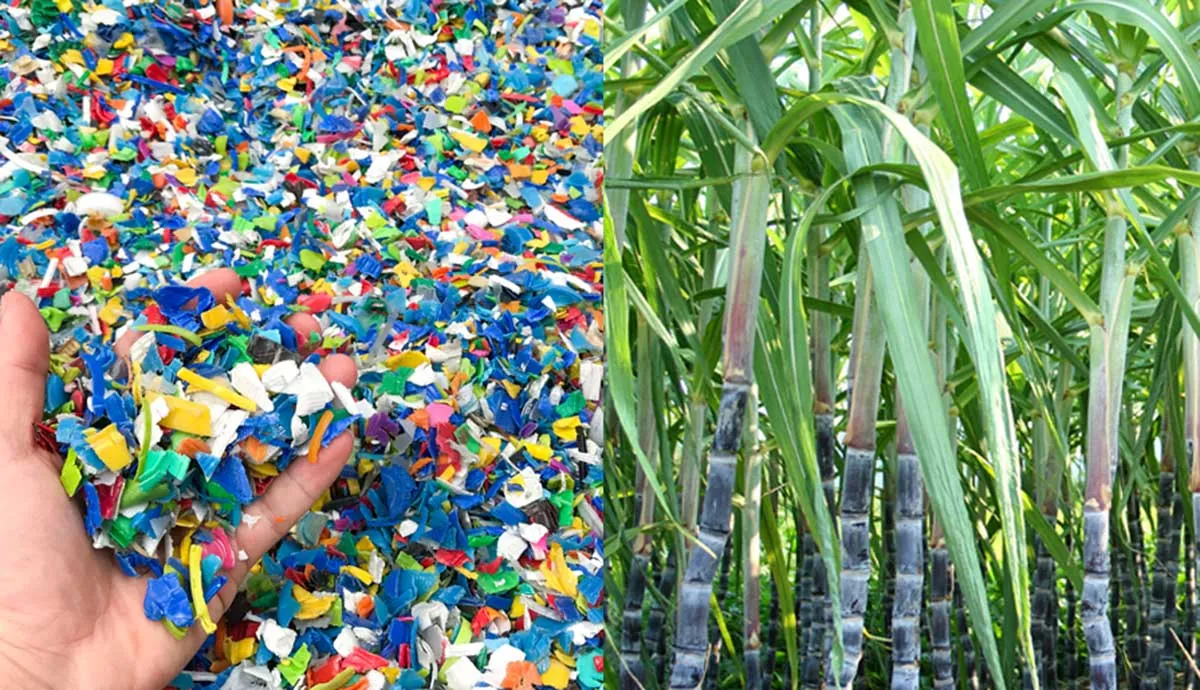TPEs can incorporate sustainable content in two ways: using either recycled or bio-based content in the formulations. Both options give brands and OEMs a pathway to more sustainable plastic products that are greener and perform like their petroleum-based counterparts. However, this can impact colorability, which is a critical consideration when the look of the product needs to meet expectations amid the growing demand for sustainable products. Striking the right balance starts with understanding the impact incorporating sustainable content into TPEs can have on aesthetics and then deciding which strategy is right for you.
Using recycled content
There are two types of recycled content: post-consumer recycled (PCR) or post-industrial recycled (PIR). PCR is raw material generated from consumer or end-user waste. PIR is raw material made from scrap reclaimed within the manufacturing process. Using recycled content in the formulations can impact colorability and/or surface aesthetics, ultimately influencing material choices made during the design phase.
- Due to the commingled nature of the recycled stream for PCR raw material, the application will typically need to be a darker color such as black or dark gray
- Uncolored TPEs are naturally dark (typically in gray or brown), based on assorted colors from recycle streams
- Black is the easiest color to achieve consistently
- Recycled content streams vary from lot to lot based on raw material sources
- Critical colors, with tight Delta E, will be challenging to achieve consistently
- Surface appearance issues may include gloss variation, tiger striping, and splay
- Scratch and mar performance may differ due to variations in product composition
- PIR recycled streams are a bit more controlled because they come from a limited number of sources with less exposure to environmental factors. This reduces some of the challenges, but the fluctuations may still impact color consistency and aesthetics
- Coloring at the press is possible, however, color consistency will be more controlled through pre-colored solutions
- Achieving an appearance that showcases non-uniform elements is another option to consider. However, depending on the recycled content materials used to achieve the “natural look,” the total sustainability of the end product may vary
Using bio-based content
Bio-based raw material comes from renewable sources like corn, sugarcane, soy, wood, etc. These offer a strong, renewable story and may also give you increased design freedom when it comes to on-brand color and design choices.
- Support a greater range of colors due to the purity and consistency of the raw material source
- Able to achieve translucent to opaque shades in light and dark colors
- Ease of colorability creates the option to use sustainable colorants with low residuals (less chlorine or bromine) or natural colorant sources
- Color at the press and pre-colored solutions are possible
- Can incorporate more natural sources to create a stronger sustainable story
Bottom line
TPEs with recycled or bio-based content can be formulated to enable brands to create more sustainable plastic products. Choosing recycled content can be more limiting from a surface aesthetic and colorability standpoint, but brands can share a waste diversion story that supports a circular economy. With bio-based content, design freedom is much broader and brands can promote using a renewable source. Ultimately, choosing the right solution depends on your sustainable goals and aesthetic flexibility.
If you’d like assistance evaluating the pros and cons of using sustainable TPEs in your applications, contact us. Our team of experts has the material and color expertise to determine what will work best in your situation.
